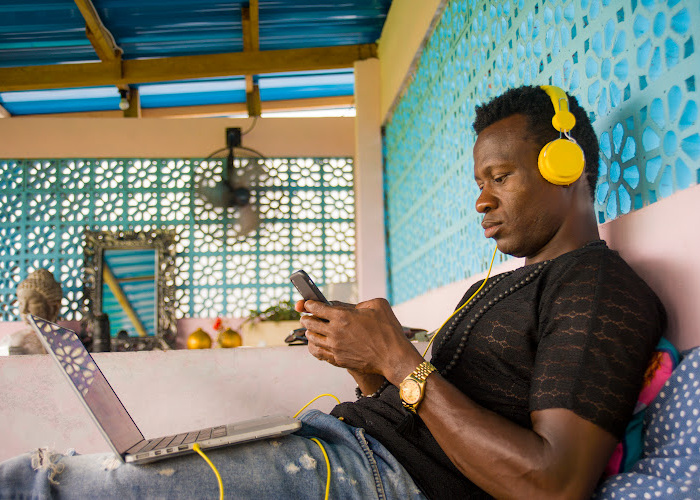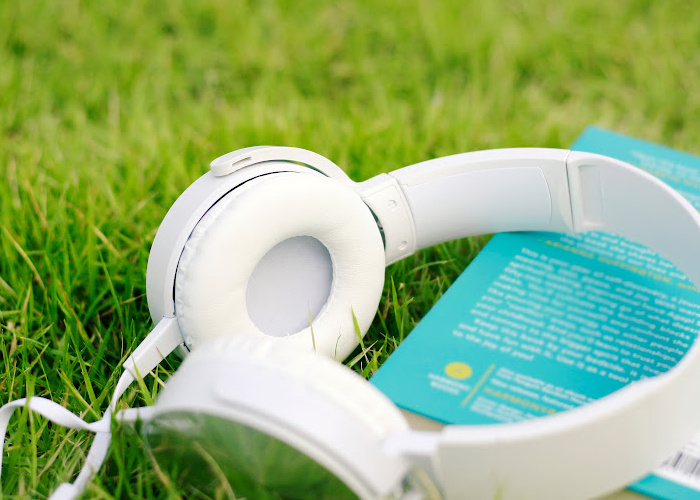It's crucial to know that students with autism and ADHD need special study strategies. Autism…

Why Do Some Autistic People Hate ASMR? Breaking Down the Facts
The topic of ASMR and autism draws significant attention in discussions surrounding sensory experiences. ASMR, or autonomous sensory meridian response, is a tingling sensation activated by auditory and visual stimuli, such as whispering, soft voices, and personal attention.
While some suggest that ASMR for autism might offer benefits, such as promoting relaxation and reducing stress, individuals with autism spectrum disorder (ASD) who possess heightened auditory sensory sensitivity can find ASMR overstimulating and unpleasant.
These differing responses to ASMR among autistic individuals reflect the diversity in sensory experiences of this population. Despite the growing research on ASMR and its benefits for autism, there is a lack of specific studies focusing on autistic individuals and their varied reactions to ASMR triggers.
This article will explore the relationship between ASMR, autism, and the sensory preferences that come into play.
Understanding the ASMR Phenomenon and Autism Spectrum Sensitivities
ASMR, or autonomous sensory meridian response, includes a variety of triggers that can evoke a pleasant tingling sensation in receptive individuals, spreading from the scalp to the neck and back
Despite its popularity, autistic individuals may have varied responses to ASMR based on their unique auditory sensitivities, reflecting the diverse range of experiences within the autism community.
Although the scientific community has yet to conduct extensive ASMR and autism research, existing studies suggest that some autism spectrum disorder (ASD) individuals who experience ASMR may share common personality traits, such as heightened empathy, fantasy immersion, and a stronger response to sensory-emotional experiences.
Moreover, personality factors like being less agreeable and conscientious could influence the likelihood of experiencing ASMR.
The ASMR and autism connection can be better understood by examining the concept of heightened sensory sensitivity. This crucial factor plays a significant role in the relationship between ASMR and autism, shedding light on how autistic individuals process both external and internal stimuli.
Since ASMR and autism spectrum disorder intersect in this capacity, future research must aim to explore the complexity of these sensory experiences, taking into account the variable nature of ASD. Additionally, further investigation may help inform personalized sensory-based therapies and treatments that cater to each individual’s unique sensory profile.

Unpacking the Sensory Experiences: Pleasure or Discontent
The intersection of ASMR experiences and sensory sensitivities in autism reveals that both can be characterized by heightened responsiveness to sensory input.
Autistic individuals often exhibit sensory sensitivity, particularly to auditory stimuli, with varied reactions to ASMR triggers.
For those who find ASMR pleasant, the experience can serve as a sensory spa, helping to relieve stress and aid in relaxation.
Yet, the same auditory stimuli that provide comfort to some may prove unsettling to others with autism, indicating the wide range of sensory preferences within this population.
Overlap Between ASMR and Sensory Sensitivity in Autism
Within the autistic community, ASMR elicits a spectrum of responses, ranging from intense pleasure to pronounced discomfort.
While some autistic individuals experience a brain-melting relaxation from ASMR, others may find certain sounds, such as chewing or whispering, to be highly irritating.
This dichotomy highlights the diversity of sensory processing among autistic people and suggests that while ASMR may be a therapeutic tool for some, it can act as a source of sensory distress for others.
The Dichotomy of ASMR Responses in the Autistic Community
The complex sensory profiles of autistic individuals contribute to their varied responses to ASMR.
Personal accounts describe ASMR as an overwhelming sensation, akin to being tickled on the spine, which can lead to significant discomfort and aversive reactions.
For those with an intense dislike for ASMR, the experience can evoke physical manifestations of distress, including goosebumps and involuntary movements.
Moreover, the prevalence of misophonia among ASMR-sensitive individuals further complicates the relationship between ASMR and autism, emphasizing the importance of personal sensory thresholds in determining the appeal or aversion to ASMR triggers.

Autistic Individuals’ Unique Sensory Profiles and ASMR Dislike
ASMR and autism treatment options should consider an individual’s unique sensory preferences and thresholds.
A nuanced approach is necessary to avoid inadvertently causing discomfort or distress through exposure to triggers that may be calming for some but overstimulating for others.
By gaining a deeper understanding of the diverse sensory experiences within the autistic community, practitioners can better tailor therapeutic interventions and support strategies, potentially enhancing the overall well-being of individuals on the autism spectrum.
Conclusion
ASMR’s interaction with autism spectrum sensitivities presents a complex landscape of varied sensory experiences, offering soothing effects for some individuals and overstimulating ones for others.
Heightened sensory sensitivity and bodily awareness among individuals with autism spectrum disorder (ASD) may influence their experiences with ASMR, resulting in a diverse range of responses to typical ASMR triggers.
While the field of research on ASMR and its effects on the general population is growing, more investigation is needed to understand the unique relationship between ASMR and autism fully.
ASMR’s potential as a therapeutic tool or a source of discomfort for those on the autistic spectrum showcases the necessity for a nuanced approach to sensory-based treatments and therapies tailored to each person’s needs and preferences.
Future research should further explore the intricate relationship between ASMR and autism, shedding light on how sensory experiences can be customized to support the mental and physical well-being of individuals on the spectrum.
As the understanding of ASMR’s role within the autistic community develops, the potential benefits and challenges it poses can contribute to creating more individualized and effective treatment options for those living with ASD.

FAQ
Why do some autistic people hate ASMR?
Some autistic individuals dislike ASMR due to their heightened auditory sensory sensitivity, making them more prone to feeling overstimulated or irritated by ASMR triggers. Their unique sensory profiles contribute to the wide range of sensory preferences within the autistic community.
How is ASMR connected to autism?
Although extensive research on the connection between ASMR and autism is limited, existing studies suggest that both phenomena may be characterized by heightened responsiveness to sensory input. This heightened sensitivity may play a significant role in the diverse ways autistic individuals respond to ASMR triggers, with some finding it calming while others find it unpleasant.
Can ASMR be used as therapy for autism?
While some autistic individuals may find ASMR beneficial in terms of relaxation and stress relief, others may experience adverse reactions to the triggers. Consequently, ASMR may not be a universally suitable therapy for individuals with autism. More research is needed to explore the complex relationship between ASMR and autism before it can be considered a viable therapy option.
What are some common ASMR triggers that might be helpful or harmful for autistic individuals?
Common ASMR triggers include whispering, soft voices, personal attention, and various sounds such as tapping, scratching, or chewing. For some autistic individuals, these triggers may provide relaxation and stress relief. However, for others, the same stimuli might provoke overstimulation or irritation, leading to discomfort and negative reactions.
Are there any specific benefits of ASMR for autistic individuals?
The potential benefits of ASMR for autistic individuals may include increased calmness, reduced stress, and improved relaxation. However, these benefits are not universally experienced due to the diverse sensory preferences within the autistic community. Further research is needed to better understand the potential benefits and drawbacks of ASMR for autistic individuals specifically.



This Post Has 0 Comments